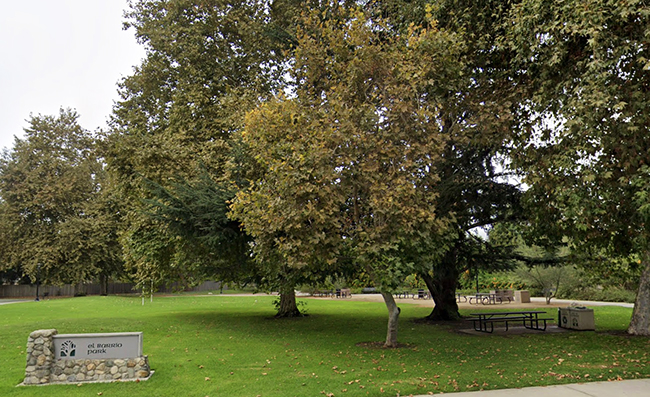E pluribus unum
by John Neiuber
Out of many, one. Although no longer the national motto that the founding fathers adopted, e pluribus unum is still the de facto national motto and is included in The Great Seal of the United States, which is printed on our currency and coins.
Over the past several years it has been difficult at times to identify what the “one” is out of many. Deep divides have been created. Polarization is the new normal. Each side must win. Compromise appears to be a forgotten word, along with the word civility.
Each year in August, this newspaper publishes the annual Almanac. An almanac is typically an annual calendar containing important dates and statistical information. The Courier Almanac focuses on all things Claremont with stories of organizations and individuals who make a difference in the community, along with listings of community resources such as professional services, senior services, schools, places of worship and the arts. The Courier Almanac is a veritable what’s what of local services and organizations.
Since moving to Claremont almost twenty years ago now, I have been struck by the sheer number of organizations that operate within the town for the good of the many. Everyone I have come to know is involved in at least one community based organization, and the vast majority are involved in two or three or more.
So where does all of this community involvement come from? From the beginning, citizen involvement has been a hallmark of Claremont. Before the city incorporated and there was a formal governmental structure, there was the town meeting, a tradition brought to Claremont by the faculty recruited from the east coast by Pomona College. The first town meeting in 1889 created a sidewalk and shade tree committee that was the beginning of Claremont’s urban forest. It was at a Town Meeting in 1902 when the first water company was formed, known as the Citizens’ Light and Power Company. It was the community that began and organized the annual 4th of July celebrations and holiday season activities. After World War II, the Chamber of Commerce organized the Postwar Planning Committee, often called the Committee of One Hundred, whose recommendations were the basis for planning decisions in subsequent decades.
Claremont has a long history of community organizations. They fulfilled the needs within the community. Before there were community clinics or government organized social services, citizens took care of one another. Organizations within churches were formed to feed and clothe the poor, secure health care or provide for neglected children. In the early days the Claremont United Church of Christ was the first to provide these types of services.
Judy Wright tells us in her book, Claremont – A Pictorial History, that “Clubs and organizations have always been numerous and important in Claremont. Many began before 1919 and by the 1920’s Claremont could be said to have been fully organized. There was a wide network of organizations—probably more per capita than exist now for a city of 35,000.” I suspect that the per capita assertion still holds true!
The Cactus Club, founded in 1892, was the first and most influential club in Claremont for many years. Every person in Claremont, except students, was invited to belong. It was reported at the time that “Anything of good report was fair quarry for the club. Poets, dramatists, and novelists were studied, read and ‘elocuted’; book-reviews were given; imaginary tours of lands and times, ancient and modern, exercised the minds of members.” Its activities were varied and it was reported in 1893 that the entire year would be devoted to Shakespeare. In May of 1911 the Club hosted a debate on Women’s Suffrage. The Courier published a history of the Cactus Club in October 1910 and reported that the members of the Club believed theirs was the only meeting ground in town for everyone to discuss current events and hear carefully prepared papers. The Cactus Club operated until 1922.
The Pomological Club was formed in 1894 to bring people together who were involved in the citrus industry. Judy Wright reported its stated purpose was “to study and discuss matters of importance concerning the care and management of the orchards; the production and sale of fruits; all questions that interested the community in a social or economic direction; and, best of all, to develop kindly feeling and interest in each other.”
The Rembrandt Club was founded in 1905 and continues today with its mission to support the arts. The Claremont Board of Trade was founded in 1908 and the Chamber of Commerce in 1922. The Claremont Missionary Home, now Pilgrim Place, was founded in 1914. The Claremont Women’s Club began in 1917 and the University Club was founded in 1919 and both remain in operation. The Claremont Kiwanis was founded in 1924 and Rotary in 1929. The Claremont Community Players were organized in 1928 and were the first group to perform at the Padua Theatre. The Scripps’ Fine Arts Foundation began in 1935 and supports the arts to this day. The League of Women Voters was established in 1939. The Intercultural Council (ICC) was established in the spring of 1947 by a committee of the Congregational Church. It was an outgrowth of the Social Action Committee of the church and it was formed to facilitate the building of new housing in a culturally integrated neighborhood and to upgrade existing sub-standard housing.
Today we have a diverse group of clubs, service and support organizations. From service clubs to business organizations, from places of worship to health and mental health support organizations, from political and special interest organizations to community outreach organizations, from youth sports organizations to arts and cultural organizations, and to government services, there many ways to become involved in the community. There are many ways to connect with others, to do good things, to build community, and to “develop kindly feeling and interest in one another”—so that from out of many we become one.








0 Comments